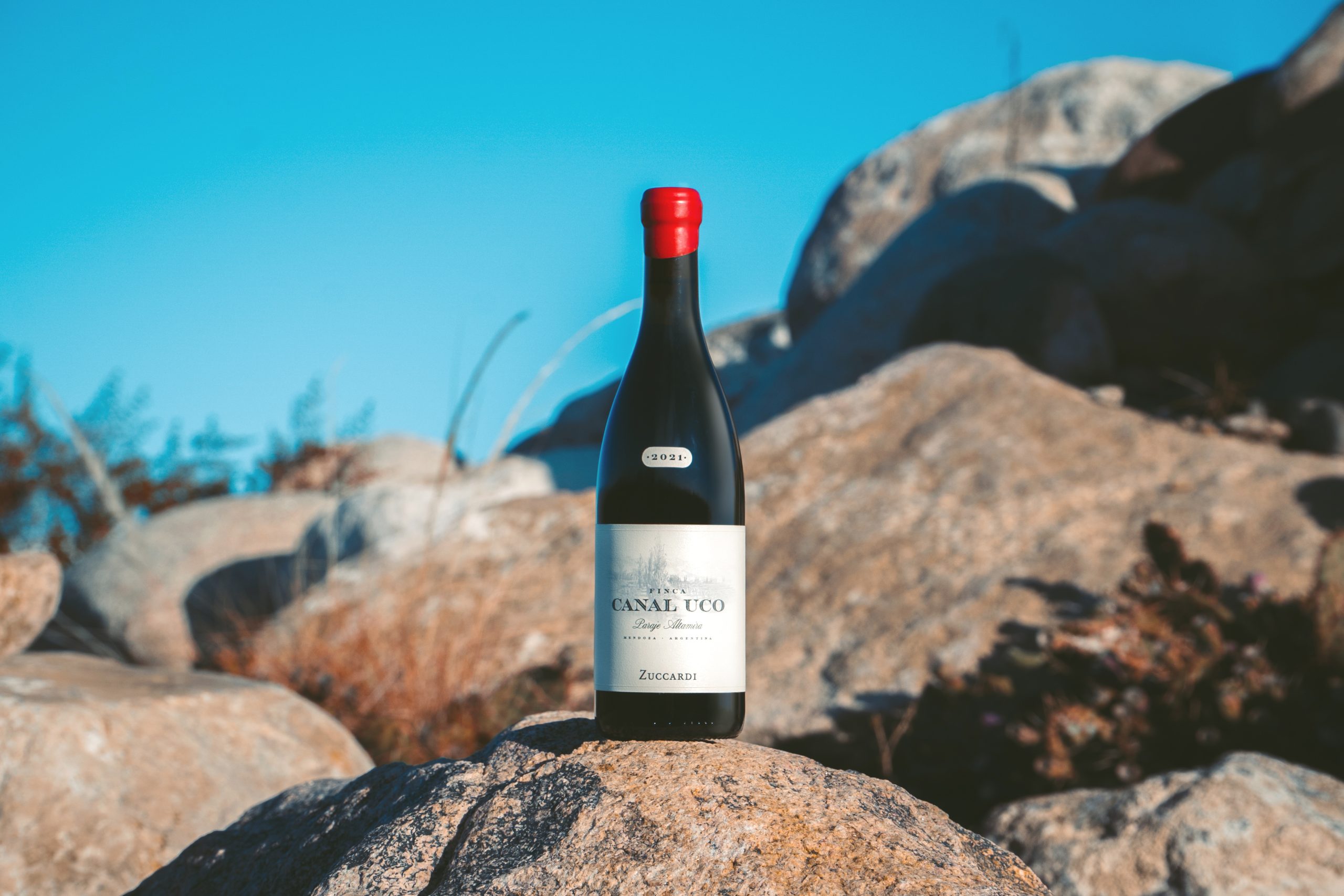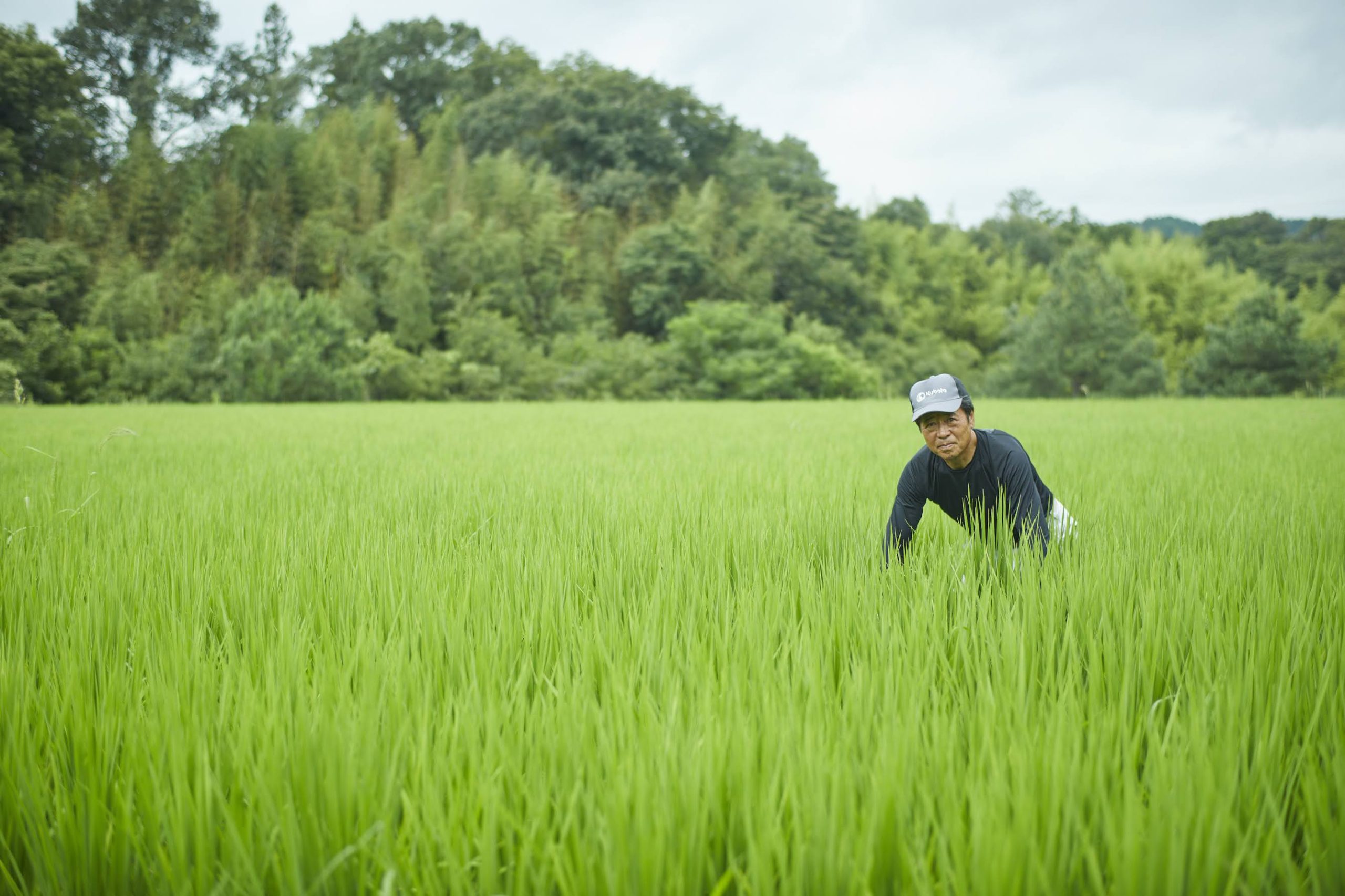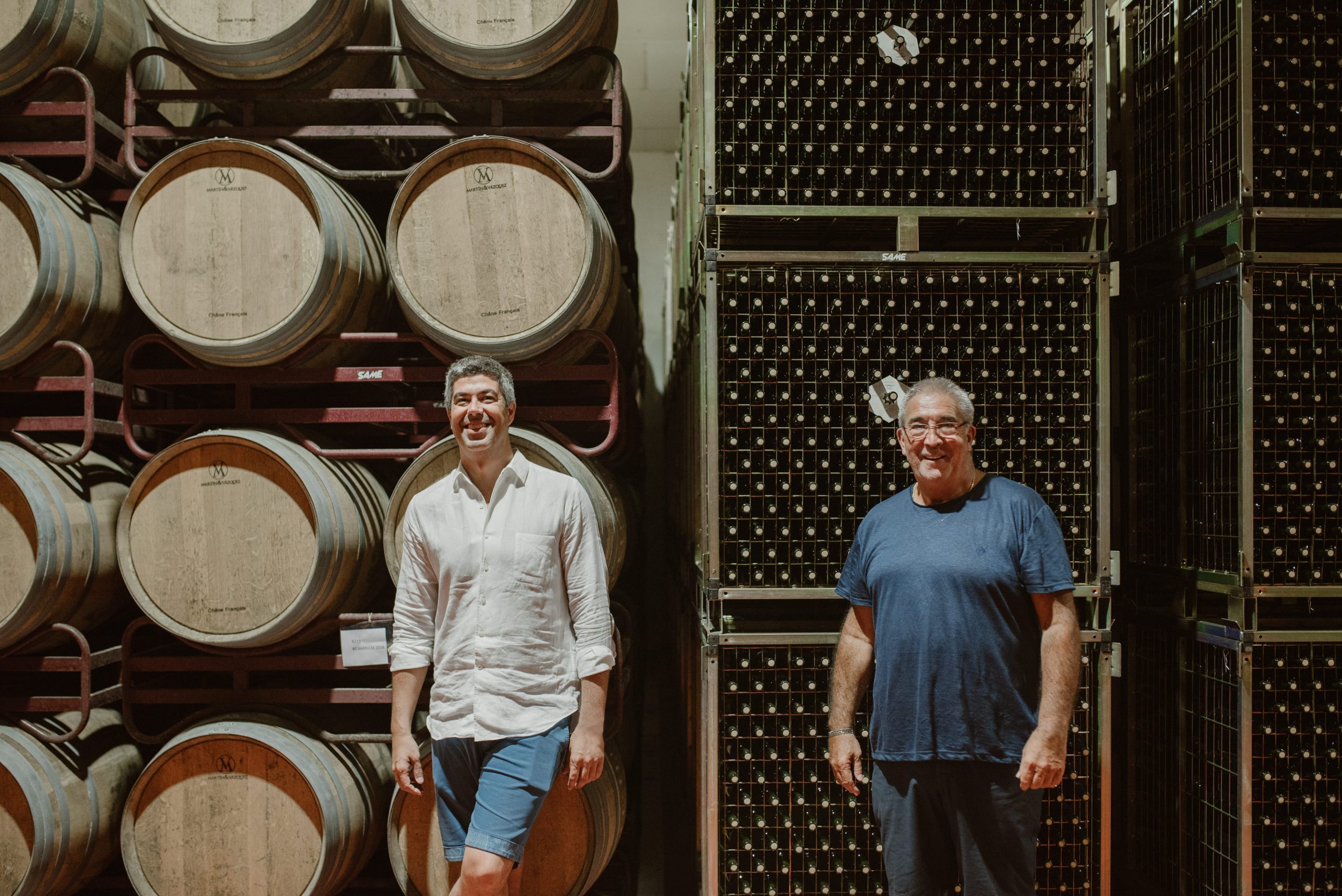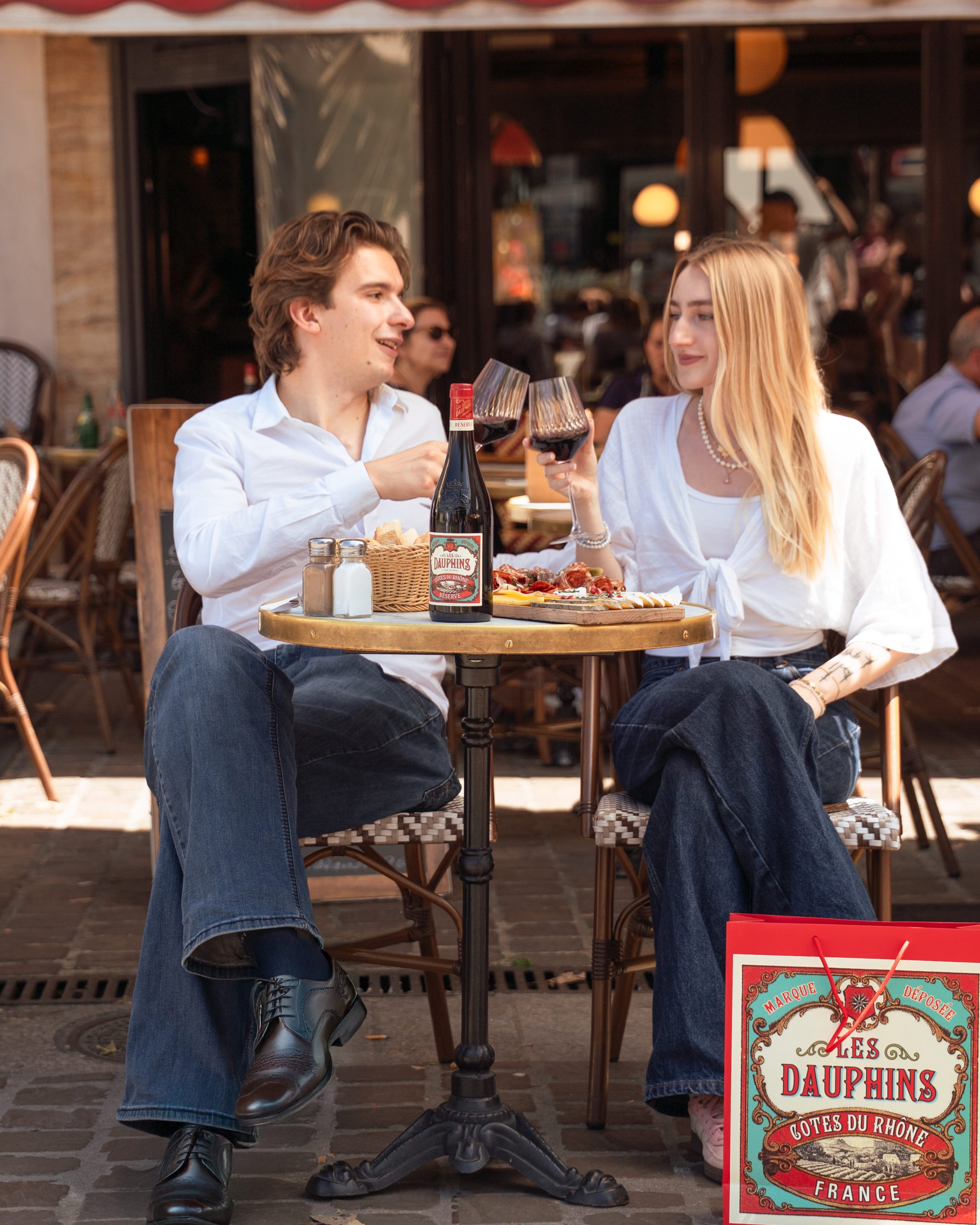Top 10 inventive designs in wine packaging
In the world of wine, it can be difficult to stand out from the crowd. But as this collection proves, it is still possible to reinvent the wheel (or bottle) and push the boundaries of design in innovative and inventive ways.
While most producers will tell you that the liquid is the most important part of the production process (and it ultimately is), packaging plays a vital role in the marketing of a brand, even more so considering today’s tech-savvy, choice-rich, brand-hopping consumer base.
Making wine more accessible, interesting and appealing should be a priority for any brand, with the label and packaging one of the most effective tools in a producer’s arsenal.
Rather than being a short-lived novelty or gimmick, the most successful and original designs are executed with a specific need in mind, whether its accessibility, education, convenience, fighting for an eco-minded cause, or even fulfilling the needs of the admittedly niche space travelling wine lover.
Extravagant design for design’s sake of course has its place, as does tradition. But the most memorable products are those that push the boundaries of expectation with a clear purpose, resulting in a truly unique, striking or practical design – either fabulously flamboyant or so simple you wonder why no-one thought of it sooner.
Click through for 10 of the most recent wine designs to have caught db’s eye…
D’Arenberg’s Daddy Long Legs Extra Rare
Australia’s d’Arenberg unveiled a creepy limited edition fortified wine earlier this year – Daddy Long Legs Extra Rare – housed in a striking spider-shaped holder. The wine itself is made from 50-year-old fortified wines, stored since 1884 in shed inhabited by hundreds of Daddy Long Leg spiders, hence the name.
Made from a blend of Grenache, Shiraz and Mataro (Mourvedre), the original fruit was crushed by foot treading and basket pressing, with the fermentation stopped by adding grape spirit and then aged in casks. The average age of the wines used in this release is more than 50 years, with wines in the solera dating back to 1928. Only two barrels remain, with 50 bottles of the Daddy Long Legs Extra Rare being made available.
Mumm Grand Cordon Stellar
Champagne Mumm entered the space race this year, having unveiled the results of a two-year project to design a bottle of Champagne, along with specially adapted glasses, that could be enjoyed in zero gravity conditions. Grand Cordon Stellar will be officially unveiled in September following a three-year project in partnership with space design specialists Spade.
The specially-designed clear glass bottle uses the pressure within the bottle to expel the wine, which in zero gravity emerges as a droplet of fizz, into a ring-shaped frame. This droplet can then be gathered in custom-made glasses, which are slightly concave and just five centimetres in diameter. They catch the droplet of wine, with surface tension enabling the fizz to stick to the glass and be ‘sipped’.
Mumm Grand Cordon Stellar will be served to guests on board zero gravity flights, while the house says it is also in talks with other agencies to supply the fizz on future space missions and commercial space flights.
Wasem double insulated wine bottle
Earlier this month, a German design company unveiled what is claims is the “world’s first double-layer wine bottle” which keeps wine cold without the need to put it back in the cooler. Called Cooleo, the bottle has already been adopted by German winery Wasem, which has ordered 6,000 bottles to house its Pinot Noir rosé and dry Riesling.
The double-walled bottle provides an insulating layer which helps to keep drinks cold, removing the need to put the bottle back in the fridge, the brand claims. It is made from hand-blown Borosilicate glass, which “has outstanding clarity and scratch-resistant durability”. It is sealed with a glass Vinolok closure meaning that the bottle can be up-cycled and reused.
Kim Soohee, founder and CEO of the design company Our Wonderful World, which has launched the product, hopes that people will also customise the bottle using different designs, graphics, artwork and wines.
Treasury Wine Estates’ Living Wine Labels
While augmented reality technology has been around for a while, Australia’s Treasury Wine Estates has harnessed its potential more successfully than most.
In 2017 the producer launched an app for its 19 Crimes wine label, which encourages users to download the app upon purchasing a bottle and using their phone to watch its label come to life. In the case the 19 Crimes, the labels feature the mugshots of former British convicts who became Australian colonists in the 1700s, with their stories told through a moving label activated by the user’s phone.
This year, that app was expanded to become the Living Wine Labels, and extended to its Chateau St. Jean, Gentleman’s Collection, The Walking Dead, and most recently, Beringer Bros. wine labels.
The Beringer Bros. label for example features a moving antique photo of the original brothers who founded the distillery-turned-winery, which dates back to 1876, and literally brings its brand story to life. While the more traditional Chateau St. Jean AR features shares the history of the vineyard and education on the winemaking process.
Garçon Wines flat wine bottle
Partner Content
Launched in 2017, Garcon Wines is a start-up company, launched by entrepreneur Joe Revell, which claims to be the first wine home delivery service that is able to post wine through a customers’ letterbox thanks to its flattened wine bottle design.
The bottles, which are 100% recyclable, have the same 750ml volume of a conventional glass wine bottle but have been flattened and made longer so they can fit through a letterbox. The bottle itself is 13.5″ in length– about 2″ taller than a regular wine bottle – but around half as thick. The bottles are made from glass-like hard plastic and packed in cardboard boxes.
Earlier this year, the company officially launched its flat ‘letterbox-friendly’ wine bottle in the UK, having partnered with online florist, Bloom & Wild. Customers can purchase a flattened bottle of Merlot or Sauvignon Blanc, both from Chile, along with a bunch of flowers, if they wish.
Zac Posen Limited Edition Provence Rosé
This year American fashion designer Zac Posen collaborated with Côtes de Provence producer Domaine Sainte-Marie on a limited edition bottle design for its VieVité rosé, taking inspiration for the current trend for tropicana. Posen’s colourful screen-printed leaf motif wraps around the bottle, which is accented with rose gold, with arching palms in ‘millennial pink’ and teal. The skyscraper bottle shape is inspired by the Art Deco Chrysler Building in New York, where Posen grew up.
Produced at organic winey Domaine Sainte-Marie in Côtes de Provence from old vine Grenache, Cinsault, Syrah and Carignan, VieVité is of the leading Provence rosé brands in America. The limited edition Zac Posen VieVité went on sale at select retailers in New York, New Jersey, California, Florida and Washington DC in May.
Blossom Cava bouquet
Turning design on its head, quite literally, this wine bottle design from Norway’s PackLab for Sweden’s Stella Wines, part of the Solera Beverage Group, is intended to be upended and carried by the neck, mimicking a bunch of flowers. Why bother to take a bunch of flowers AND a bottle of wine to a dinner party when you gift both in one handy package?
Eufloria by Pacific Rim white wine
A trend for packaging wine in cans has picked up in recent years, with Waitrose the biggest UK retailer to have made a significant push on the format with the launch of a range of canned wines in time for the festival season this summer. The range comprises an organic rosé and a Shiraz made by Robert Eden of Chateau Maris in the Languedoc.
However Pacific Rim’s Eufloria is perhaps one of the more striking examples of a wine in a can. Based in Washington, the winery enlisted the help of artist Flora Bowley to design the label for its Eufloria aromatic white wine, with the layering of brushstrokes within the design intended to convey the complexity of the blend.
The wine itself is an off-dry, 12% abv Alsatian-style blend of Riesling, Pinot Gris, Muscat and Gewurztraminer grown in Columbia Valley, and is “slightly fizzy”.
“Eufloria was born from the idea of making a blend in a similar fashion to the beautiful art of Flora Bowley’s that is displayed on the label,” the produce says of this wine. ” Flora layers her paintings and imbues themes and harmony, we sought to emulate her style with an assemblage that is typical from the Alsace region where each variety bring a layer of complexity to the blend.”
Omdesign 2016 acorn Port planter
This clever, eco-friendly packaging comes from Portuguese design agency Omdesign. In keeping with its ethos of wanting to give back to nature, its latest design comprises a bottle of 2012 LBV Port inside a cork gift tube.
Inside the tube is a real acorn, covered with soil, encouraging consumers to take part in Portugal’s cork oak forest preservation efforts. Once the tree begins to grow, the recipient can replant it to a permanent position in the ground and mark the area with the wooden ring from the centre of the package, creating a lasting monument to its design. The base can later be reused to collect more acorns and renew the cycle.
Earlier this year Omdesign won the award for Best Sustainable Packaging at the Drinks Business 2018 Awards.
Catena Zapata Malbec Argento
Argentina’s Bodega Catena Zapata unveiled a new 360 degree wine design for its Malbec Argentino 2015 earlier this year inspired by the history of its flagship variety and told through four symbolic women, and pays hommage to Malbec and its roots in France and subsequent rise in Argentina. Designed by Stranger & Stranger, with the artwork supplied by Rick Shaefer, the label depicts four female figures that symbolise milestones in the history of the grape.
The first woman, symbolising the birth of Malbec, is Eleanor of Aquitaine. Born in 1137, she was the the Duchess of Aquitaine, Queen consort of France from 1137 to 1152 and later the Queen consort of England from 1154 to 1189. She is depicted on the label as “a strong, Old World presence, lingering at the bridge in Cahors, where Malbec came into its own”. The second woman is an immigrant, symbolising the movement of settlers from Europe to the New World which began in earnest in the 16th century. The third woman symbolises phylloxera, a microscopic insect that decimated European vines in the late 19th century. The final woman, representing the present day, is Adrianna Catena, after which Catena’s famed Adrianna vineyard was named.
In May, the label won the award for Best Design & Packaging in Wine at the Drinks Business Awards 2018. Our judges described the quirky wine label as “iconic” and “its own work of art”.




